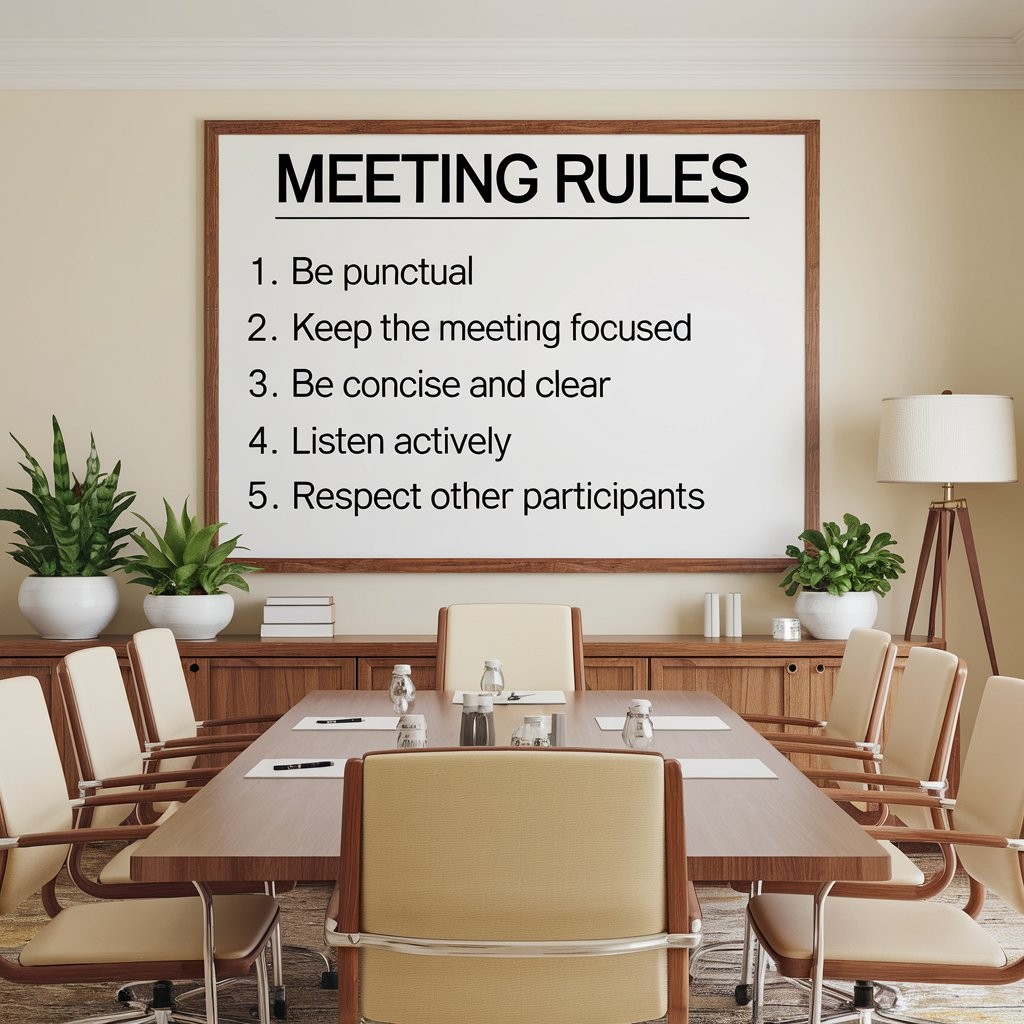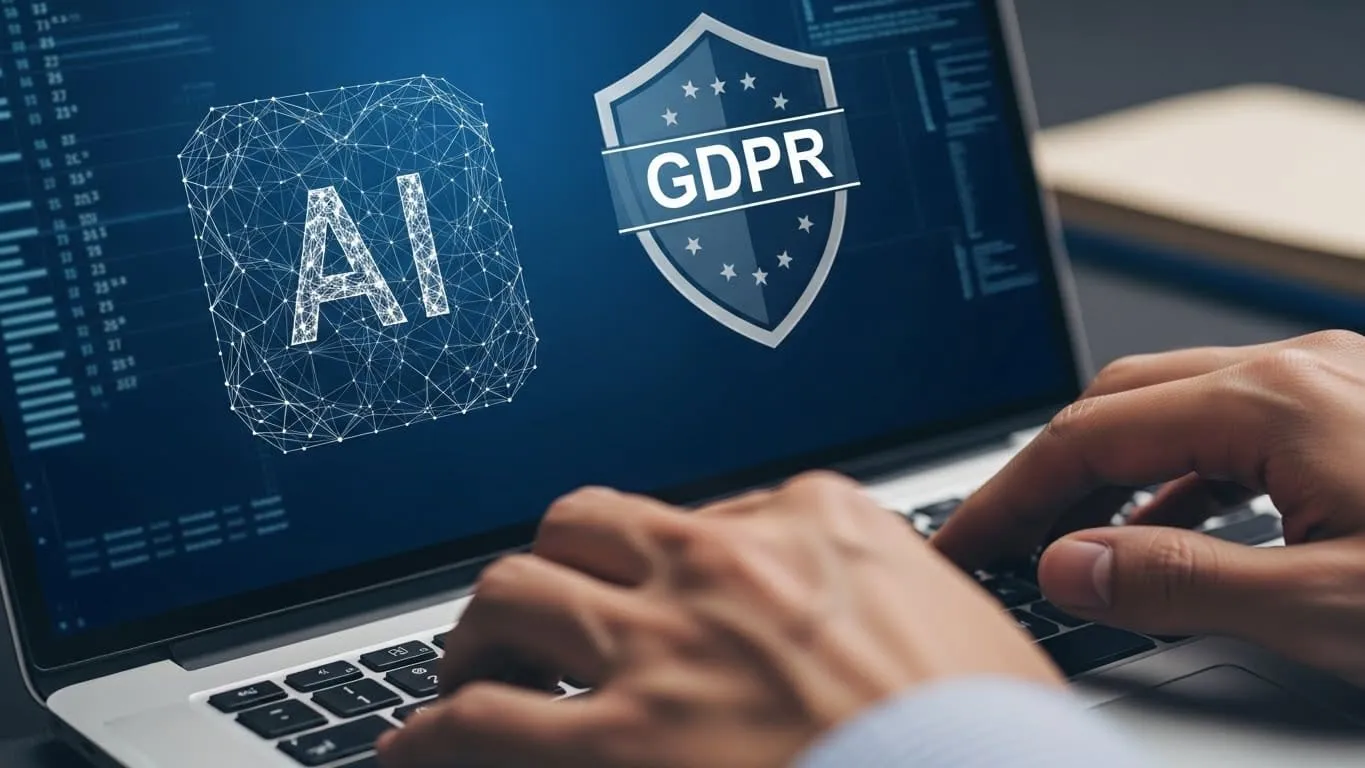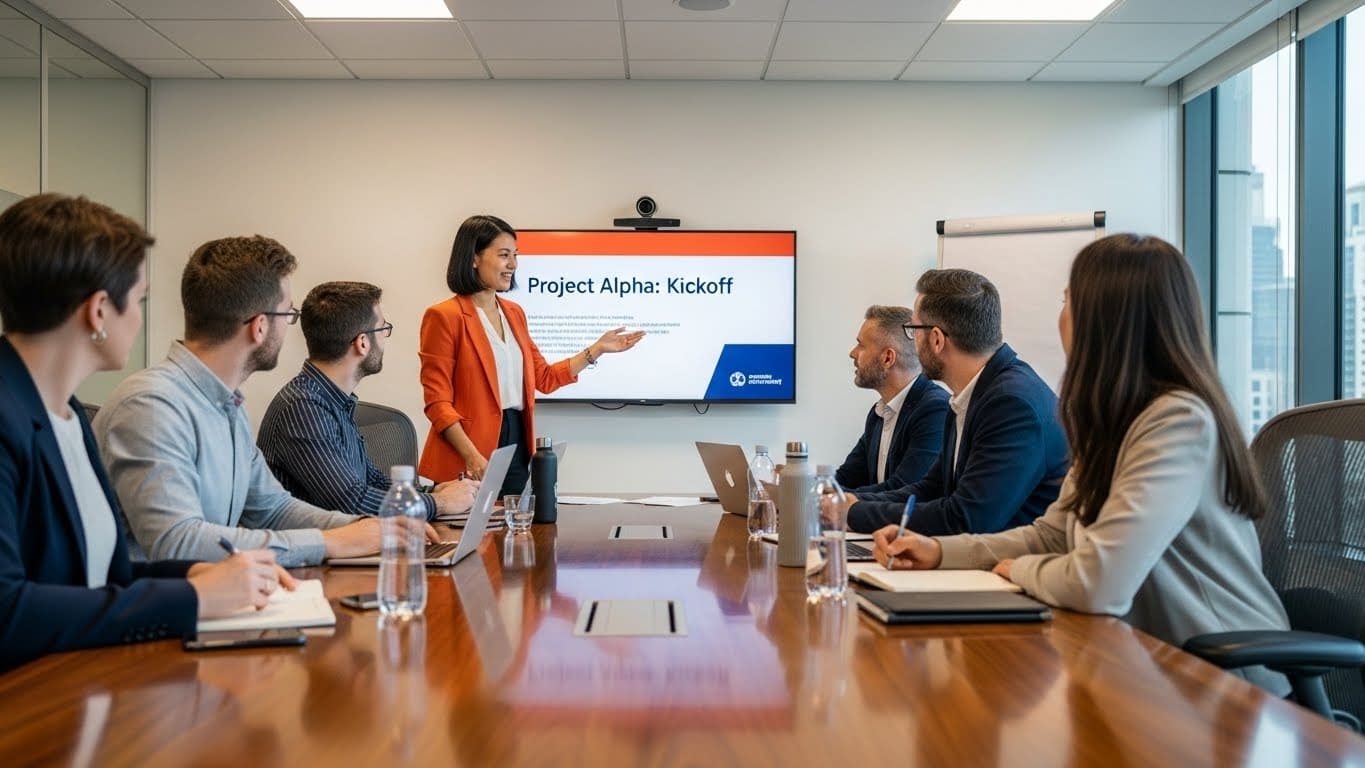How to Achieve Effective Meeting Outcomes

Get the work done for any meeting
Meeting transcription, AI custom notes, CRM/ATS integration, and more
Ever left a meeting feeling like nothing was accomplished? You're not alone - 71% of meetings are considered unproductive.
Fortunately, with the right strategies, you can turn your meetings into efficient, outcome-driven sessions.
In this guide, we'll show you how to achieve effective meeting outcomes!
Understanding Meeting Outcomes
Meeting outcomes are the specific goals or results you want to achieve by the end of a meeting. They act as a roadmap, guiding participants toward the end results that matter.
While meeting outcomes can vary depending on the type and purpose of the meeting, they generally include the following components:
- Decisions: Agreements or resolutions made that guide future actions.
- Action items: Tasks or activities assigned to individuals or teams during the meeting.
- Plans: Strategies or outlines devised to achieve specific objectives.
- Information sharing: Exchange of relevant updates or reports among participants.
- Alignment: Agreement on goals, priorities, or strategies among team members.
Why Meeting Outcome Matters?
If the outcomes aren’t clear, meetings can drift off track, wasting time and resources. Here's why they matter:
1. Keep Teams Focused
Clear meeting outcomes help your team stay on track. When everyone knows the goal, they can prioritize the most important tasks and stay focused on the agenda.
This eliminates distractions and ensures productive discussions.
2. Drives Accountability
Defined outcomes provide a clear roadmap for accountability. Team members leave the meeting knowing exactly what’s expected of them and by when.
This clarity reduces confusion and ensures follow-through on action items.
3. Optimize Time & Resources
Meetings without clear outcomes tend to drag on or require follow-ups. This wastes both time and resources.
Effective outcomes help you prioritize actions and resources. By identifying what’s truly important, you can allocate resources where they’re needed most.
4. Improve Decision-Making
Defined outcomes encourage better decision-making by setting a clear framework for discussions. Teams can evaluate options with purpose and reach conclusions faster.
Clarity also ensures that decisions align with your team’s broader objectives, reducing the chance of revisiting the same issues.
5. Enhance Meeting Productivity
When you define clear meeting outcomes, you cut down on unnecessary discussions and focus only on actionable items.
You’ll see real results instead of wasting hours on unstructured discussions.
7 Steps to Achieve Effective Meeting Outcomes

Ready to transform your ordinary meetings into outcome-driven sessions? Follow these 7 steps:
1. Set Clear Goals
Setting clear objectives is the first step to achieving effective meeting outcomes.
A simple way to define your meeting goals is by using the SMART technique. SMART stands for Specific, Measurable, Achievable, Relevant, and Time-bound. Here's how you can apply each element to your meeting objectives:
- Specific: Your objectives should be clear and concise. Avoid vague goals like "discuss the project." Instead, aim for something more focused, such as "Review project milestones and identify any roadblocks."
- Measurable: Define how you’ll measure success. For example, instead of "improve sales," set a clear target like "increase sales by 15% by the end of the quarter." This gives you a tangible goal to track.
- Achievable: Always set realistic objectives. Don't overload your meeting with too many goals that are impossible to achieve in the given time.
- Relevant: Make sure your objectives are aligned with your overall business needs. If your goal doesn’t move the needle for your team or company, reconsider it.
- Time-bound: Every objective must have a deadline. Saying "finish the project within the next month" forces urgency and keeps everyone accountable.
By doing this, you'll have a clear target to work towards, making the meeting both focused and impactful.
2. Create an Agenda
A well-structured agenda provides a roadmap for the meeting. It outlines what needs to be discussed and in what order. This ensures all key topics are addressed and prevents irrelevant conversations from hindering the discussion.
When setting an agenda, include the following:
- Objective: What is the primary goal of this meeting?
- Topics: List specific items to cover.
- Time Allocation: Assign time slots to each topic to stay on track.
- Roles: Identify who will lead each part of the discussion.
Additionally, be sure to share the agenda with participants at least 24 hours in advance. This gives everyone time to prepare and align their thoughts. A prepared team makes meetings more productive, efficient, and outcome-driven.
3. Optimize Scheduling
Timing plays a crucial role in the success of your meetings. Poorly scheduled meetings can lead to low attendance, distracted participants, or unproductive discussions.
To optimize scheduling, follow these guidelines:
- Choose a time that works best for the majority of attendees. Avoid early mornings, late afternoons, or times when energy levels are typically low.
- For remote teams, be mindful of time zone differences. Select a time that is convenient for all involved.
- Keep meetings as short as possible. Lengthy, drawn-out sessions are rarely productive and often don’t lead to clear outcomes.
Pro Tip: Use scheduling tools to streamline this process. AI tools and shared calendars can suggest the best time based on participants' availability.
4. Invite the Right People
To ensure clear meeting outcomes, you must invite the right people. Too many participants can clutter the conversation, while too few can result in important perspectives being missed.
That said, only include those who are directly involved in the topics at hand or who hold critical information.
Having the right people in the room keeps things efficient and ensures that all necessary perspectives are heard!
5. Establish Ground Rules
Without clear ground rules, meetings can become chaotic, with participants interrupting, dominating conversations, or drifting off-topic. Set expectations early to ensure everyone is on the same page and the discussion stays productive.
Here are some ground rules you should consider:
- Stay on topic: Keep discussions aligned with the agenda to avoid distractions.
- Be concise: Encourage participants to get to the point to save time.
- Respect everyone’s input: Ensure all voices are heard and no one dominates the conversation.
- Use time wisely: Stick to the allocated time for each topic and avoid long-winded discussions.
- No multitasking: Encourage participants to focus on the meeting instead of checking emails or phones.
By setting these expectations early, you create a productive, respectful environment where everyone can contribute effectively. This increases the likelihood of clear and actionable outcomes.

6. Summarize Key Points & Action Items
At the end of the meeting, take a few moments to summarize the key points and action items. It helps clarify decisions made, actions assigned, and any follow-up steps needed.
Go over the main takeaways, action items, and deadlines. Make sure everyone knows exactly what they need to do and by when. This is your opportunity to correct any misunderstandings and eliminate any confusion.
By summarizing, you confirm that the meeting’s goals are clear and that each participant understands their tasks.
Pro Tip: Use Noota AI meeting assistant to automatically capture key points in real-time. The tool summarizes meetings, tracks action items, and provides post-meeting reports - saving you time and ensuring nothing important is missed.
7. Follow Up After the Meeting
Following up is where the real work happens. You can’t just walk away after the meeting ends. Send out the meeting notes immediately, including decisions made, action items, and deadlines.
Moreover, check in with participants to make sure action items are being completed. If tasks are falling behind, address the issue promptly.
Following up ensures that the meeting’s outcomes are executed and lead to actual results.
Unlock Better Meeting Outcomes With Noota AI

Noota AI can significantly improve meeting outcomes by streamlining several aspects of your meeting workflow. Here’s how:
- Accurate Transcriptions: With Noota, you no longer have to worry about missing important details. It transcribes meetings in real-time, allowing you to focus on the discussion rather than note-taking. This ensures no key points are overlooked.
- Tailored Summaries: Noota generates meeting summaries based on your preferences. Whether you need a quick bullet-point list or a detailed report, these summaries save time and help participants quickly review what was discussed, leading to better follow-ups.
- Data Integration: By integrating with CRMs and ATS, Noota automates the process of entering key data from meetings directly into your systems. This minimizes manual work, ensures accurate data capture, and improves workflow efficiency.
- AI Insights: Noota analyzes meetings to provide insights on sentiment, talk-to-listen ratios, and key topics discussed. This helps you assess meeting effectiveness, identify areas for improvement, and make better decisions based on actual data.
- Post-Meeting Actionability: With detailed, searchable meeting records and reports, teams can quickly refer back to discussions, ensuring that action items are addressed and nothing falls through the cracks.
Want to achieve clear, actionable meeting outcomes? Try Noota for free now!
Frequently Asked Questions - (FAQs)
How can I measure a meeting's success?
You can measure a meeting's success by evaluating whether the set objectives were achieved. Key indicators include participant engagement, clarity of discussion, decision-making, and actionable next steps. Surveys or feedback forms can also help gauge effectiveness and identify areas for improvement.
How do we identify desired outcomes?
Desired outcomes can be identified by clearly defining the meeting’s purpose. Ask yourself what you hope to achieve, whether it's making a decision, solving a problem, or sharing information. Align the goals with broader team or organizational objectives to ensure relevance and focus.
What are some good meeting outcomes?
Good meeting outcomes include clear action items, resolved issues, defined next steps, and a shared understanding among participants. Ideally, attendees leave with a sense of purpose and clarity about their role in achieving the meeting's objectives.
Get the work done for any meeting
Meeting transcription, AI custom notes, CRM/ATS integration, and more
Related articles

Forget note-taking and
try Noota now
FAQ
In the first case, you can directly activate recording as soon as you join a videoconference.
In the second case, you can add a bot to your videoconference, which will record everything.
Noota also enables you to translate your files into over 30 languages.

.svg)
.svg)
.webp)

.png)


.svg)
